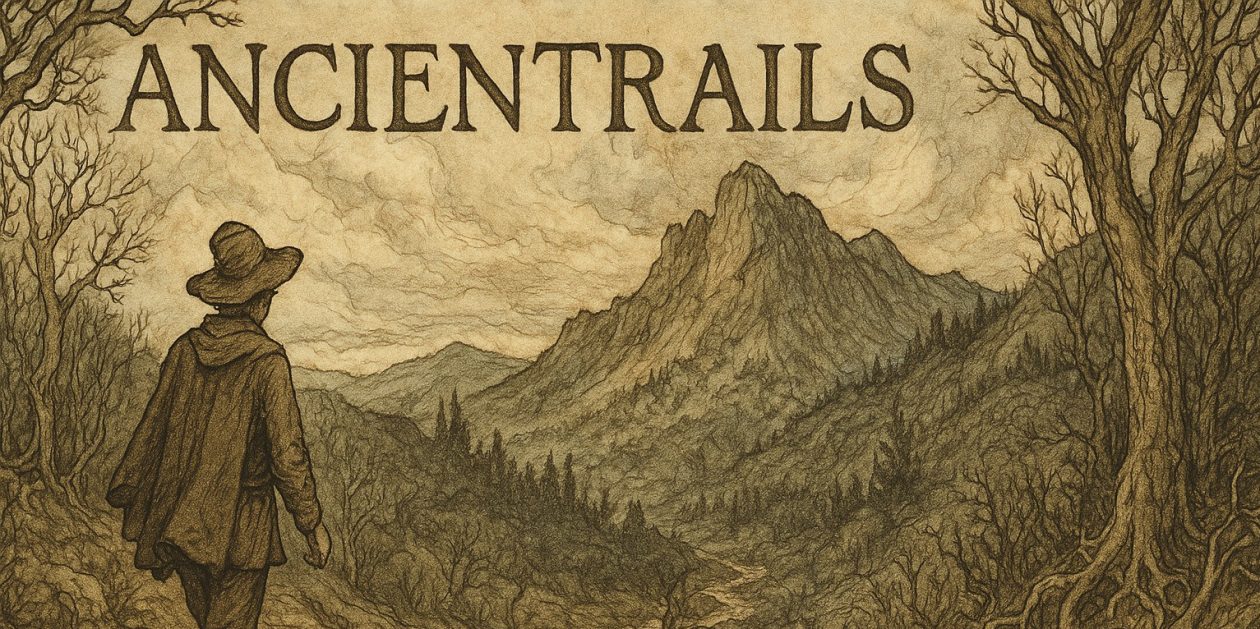Spring Moon of the Southern Cross
54 degrees 48 minutes S 68 degrees 17 minutes W
Ushuaia. The last city in the Americas. The end of the Panamanian Highway. Filled with fin de mundo gift shops, hats, restaurants and a certain pride in being the last. As Sergio, our guide for today, pointed out when we arrived at Lapiata Bay, the southern most point in Tierra del Fuego, “That (indicating a green building shaped like a shipping container) is the last bathroom.” A stock line, I’m sure, but it brought howls of laughter from the bus. We were an easy audience.
As I write this, I’m looking out our cabin, through our floor to ceiling glass doors and ahead of me is a just darkening sky, 9:24 pm, four snow capped peaks of the last remnants of the Andes which disappear into the Atlantic here, and a series of commercial buildings and homes, white with red roofs, all tin. On the only avenue in this town of 50,000 the traffic has its lights on and their lights echo in lights on the dock here.
At the dock with us are the Akademik Sergi Valvov, an all white Russian ice breaker bound for Antarctica, and Ocean Nova, an expedition boat that takes adventure travelers to Antarctica. Ushuaia has 90% of the world’s traffic from the other six continents to Antarctica.
This makes Ushuaia different than you might expect. It has several high end expedition outfitters, a Northface and a Timberland, plus other sources for packs, sleeping bags, tents and hiking boots fit for an Antarctic foray.
It also has several 4 and 5 hotels including a brand new Sheraton, located high up over the city and overlooking the Beagle Channel. It is not yet open in case you were thinking about reservations.
Tonight is Saturday night and I went downtown, a ten minute walk from the pier, to find something to eat and check out the shops and the people.
A few drifter types, back packers whose route had brought them as far as they can go by thumb, wandered around with vague menace, long hair and smoking. Others were young folks who looked like athletic academics perhaps down for a seminar on the Humboldt Current or to take part in a dig in a Yamana midden heap. Clots of teenage girls in tight jeans with cute purses, strolling, watching for watchers. Boys trying to figure out what to do with their presence. And failing. In other words, teenworld anywhere.
Sergi spoke with some feeling about Ushuaia in the winter months when the cloud cover is constant, the nights very long (this is the equivalent latitude of Hudson Bay) and the temperature around or just below freezing. On this latter point it is the moderating effect of the maritime location of Tierra del Fuego, an island, that keeps the temperatures mild. “It is depressing,” he said. And since he had played us for laughs before we laughed. “No, really,” he said, “Our hospital has done studies on mental conditions. Suicides. All up in the winter.” I thought of Iceland.
On June 21st, the Winter Solstice and the longest night of the year, the Federal and local governments throw a party with bands from Buenos Aires, lots of food and drink. “And we dance until we feel better.”
Ushuaia is the exclamation point to the exclamation mark that is Patagonia. Here civilization peters out. There are a few small settlements, at least one of them is a military base, a few islands, but buses and restaurants and teenagers walking the streets on Saturday night ends here.
This is an inflection point for our trip as well since tomorrow we sail around Cape Horn and head for the Falklands, back north.
On this last I should add. Along the pedestrian way into downtown from the dock there is a sign in Spanish and English. It refers to the Argentinian law which put the Malvinas islands under the province of Tierra del Fuego. In the next paragraph then goes on to say that it must be acknowledged that the Malvinas (aka Falklands) have been illegally occupied by the United Kingdom since 1833. Just to be clear.
